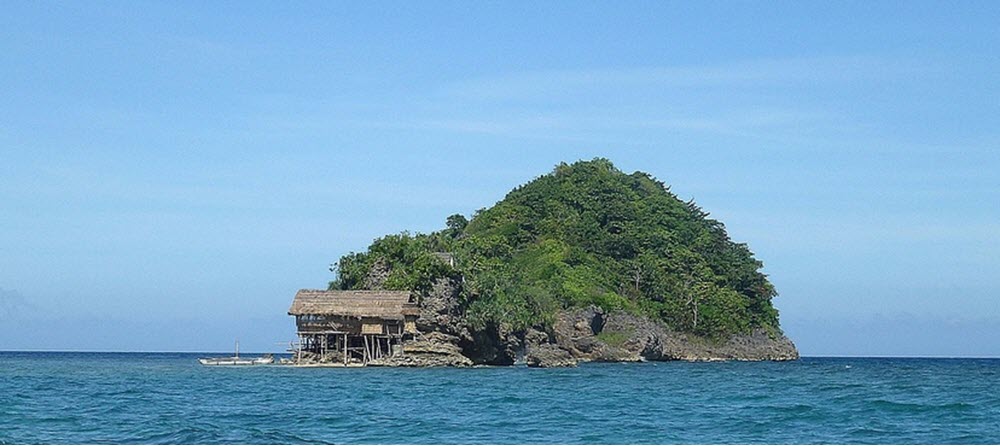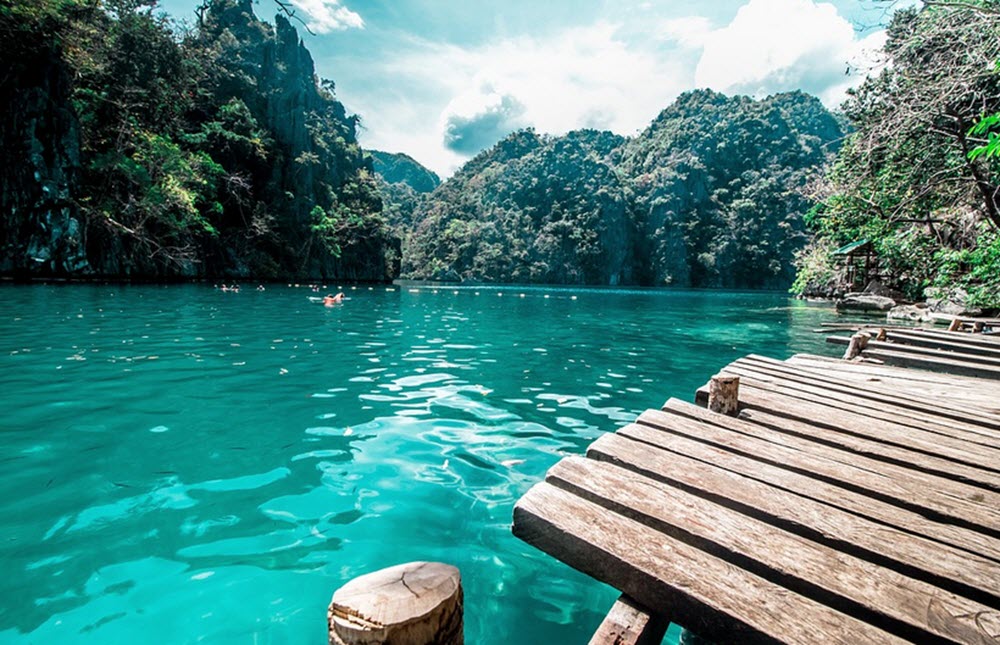In this travel guide
The Republic of the Philippines is an archipelagic country comprised of over 7,600 islands scattered in the Pacific Ocean.
The capital city Manila and the most populous city Quezon City are both located on the island Luzon in the north, and forms a continuous metropolitan area.
The Philippines sports outstanding natural beauty but is also prone to dangers in the form of typhoons, flooding and earthquakes.
The majority religion in the Philippines is Christianity. Roughly 80% of the population are Catholics and another 10% are Protestants. Islam is the largest minority religion, with a bit more than 5% of the population being Muslims.
Island groups

The islands of the Philippines are broadly divided into three main island groups, from north to south:
- Luzon
- Visayas
- Mindanao
Luzon
This island group is named after the island Luzon, which is the largest and most populous island in the Philippines, and home to both Manila and Quezon City. Over half of the country’s total population live on the island Luzon.
Visayas
The Visayan Islands are situated in the central part of the archipelago. The major islands of the Visayas are Panay, Negros, Cebu, Bohol, Leyte and Samar. The largest city is Cebu.
Mindanao
Mindanao, also known as the Southern Philippines, is named after the island Mindanao – which is the second-largest island in the whole country. The agricultural sector of Mindanao is very important for the country.
Examples of popular activities
This is just a few examples of popular activities among visitors. The list is by no means exhaustive.
- Visiting the Banaue Rice terraces in Batad, an UNESCO World Heritage Site.
- Scuba diving and snorkelling in the Tubbataha Reefs National Park. Peak season is late March – June.
- Enjoy beach life and ocean fun in places such as Boracay, El Nido, Puerto Galera, and Pagudpud. The remote beaches of Botolan Zambales is another excellent choice.
- Go on wildlife tours to experience the nature of the Philippines. The Philippines have plenty of interesting endemic species, including some species of water pig and bat. There are also endemic orchids growing here, such as the Waling-Waling.
- Examples of spots with great rock climbing are Wawa Gorge, El Nido, Antimonan, Apo Island, and Puting Bato.
- Learn Filipino martial arts. There are many training schools for Eskrima (Kali) in Manila.
- Resorts World Manila is a luxury resort in Newport City, Manila.

Language
Filipino and English are the official languages in the Philippines, but Cebuano has the largest number of native speakers.
Filipino is based on the Tagalog language.
Climate
The Philippines has a tropical climate, with a rainy season and a dry season. The rainy season starts in June and lasts until October, and coincides with the typhoon season. The country is prone to violent and highly destructive typhoons.
It can definitely rain outside the rainy season in the Philippines, especially in locations near the sea where the rainfall can be quite impressive even during the “dry” season.
The coolest months are November through February, with late February being especially cool and dry and ideal for visitors who wish to avoid strong humid heat. Another option is to seek out higher elevations. Within the Philippines, the city Baguio is referred to as “the summer capital” since many people go there to seek refuge from the heat during the hottest part of the year. Due to its relatively high elevation, Baguio have night temperatures below 20°C (68°F).
The hottest months in the Philippines are March through May.
Short facts about the Philippines
Here are some short facts that can come in handy as you plan your trip to the Philippines.
- Region: South-East Asia
- Area: 300,000 square kilometres
- Official languages: Filipino, English
- Population: Nearly 101 million at the 2015 census
- Capital: Manila (Coordinates: 14°35′N 120°58′E)
- Most populous city: Quezon City (Coordinates: 14°38′N 121°02′E)
- Currency: The Philippine peso (PHP)
- Time zone: UTC +8, daylight savings time is not observed
- Driving side: right
- Calling code: +63
- ISO 3166 code: PH
- Internet top level domain: .ph